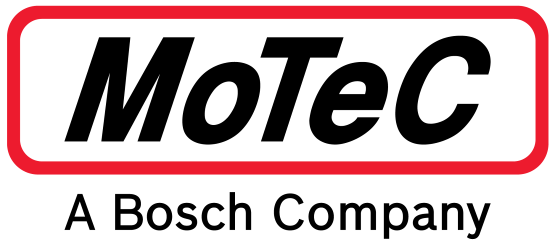MoTeC's i2 data analysis software has been developed over a number of years with valuable input from professional race teams worldwide. It delivers an extensive package of powerful analysis tools and innovative data management features, whilst maintaining a simple and intuitive user interface.
Designed from the ground up for speed and flexibility, the i2 environment can be customised to specific user requirements. Any number and combination of graphs, gauges and reports can be analysed simultaneously. User settings, screen layouts and maths are stored with each project, making it easy to deal with multiple vehicles or motorsport categories and to share data in a team environment.
There are two levels of analysis functionality; i2 Pro and i2 Standard.
i2 Standard is available to all customers with logging from a MoTeC Data Logger or ECU.
i2 Pro provides advanced mathematics, multiple overlay laps, and unlimited components, workbooks and worksheets. There are two ways to make log files compatible with i2 Pro.
The first option is a Pro Analysis upgrade on your ECU or logging system. This is a password enabled upgrade, which saves all log files from the device as 'Pro' files.
The second method is via the new Feature Licences, which allow data in different formats to be used with i2 Pro. See Licences for more details.

